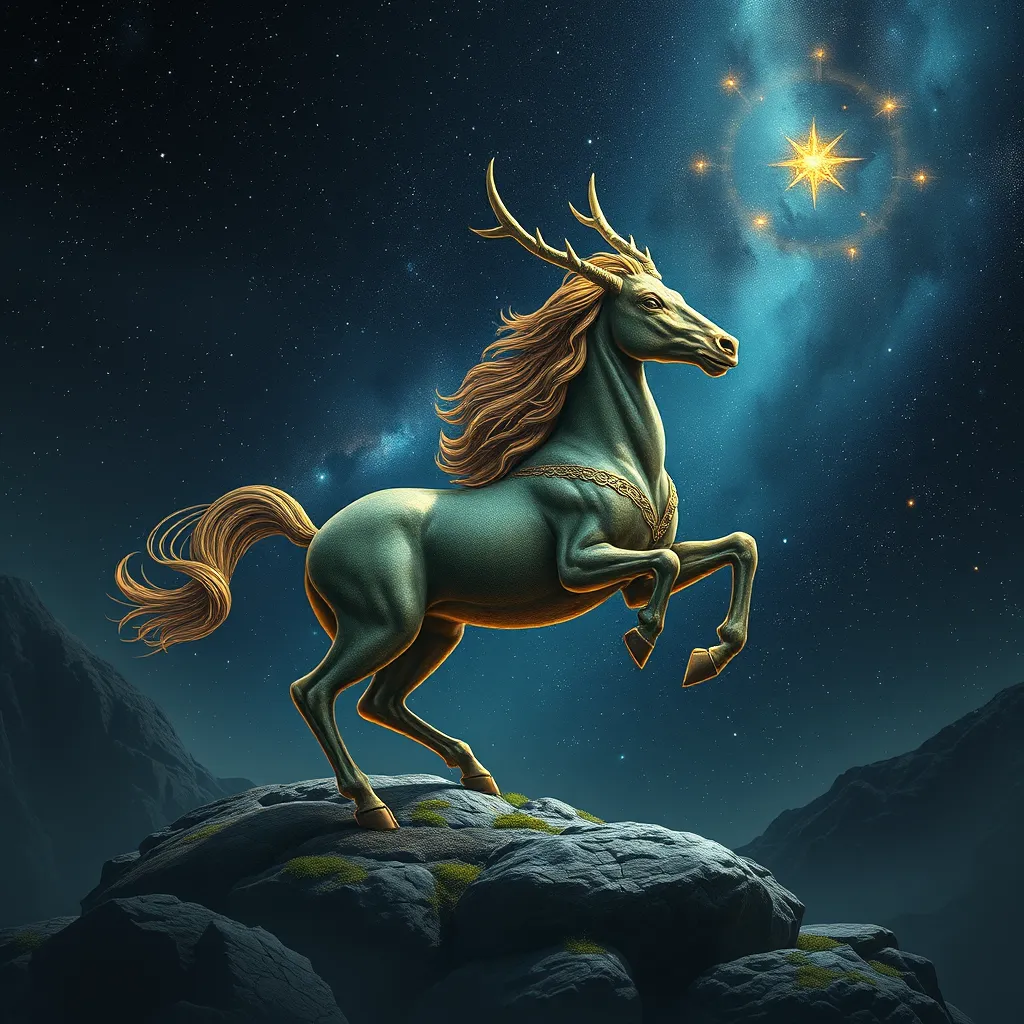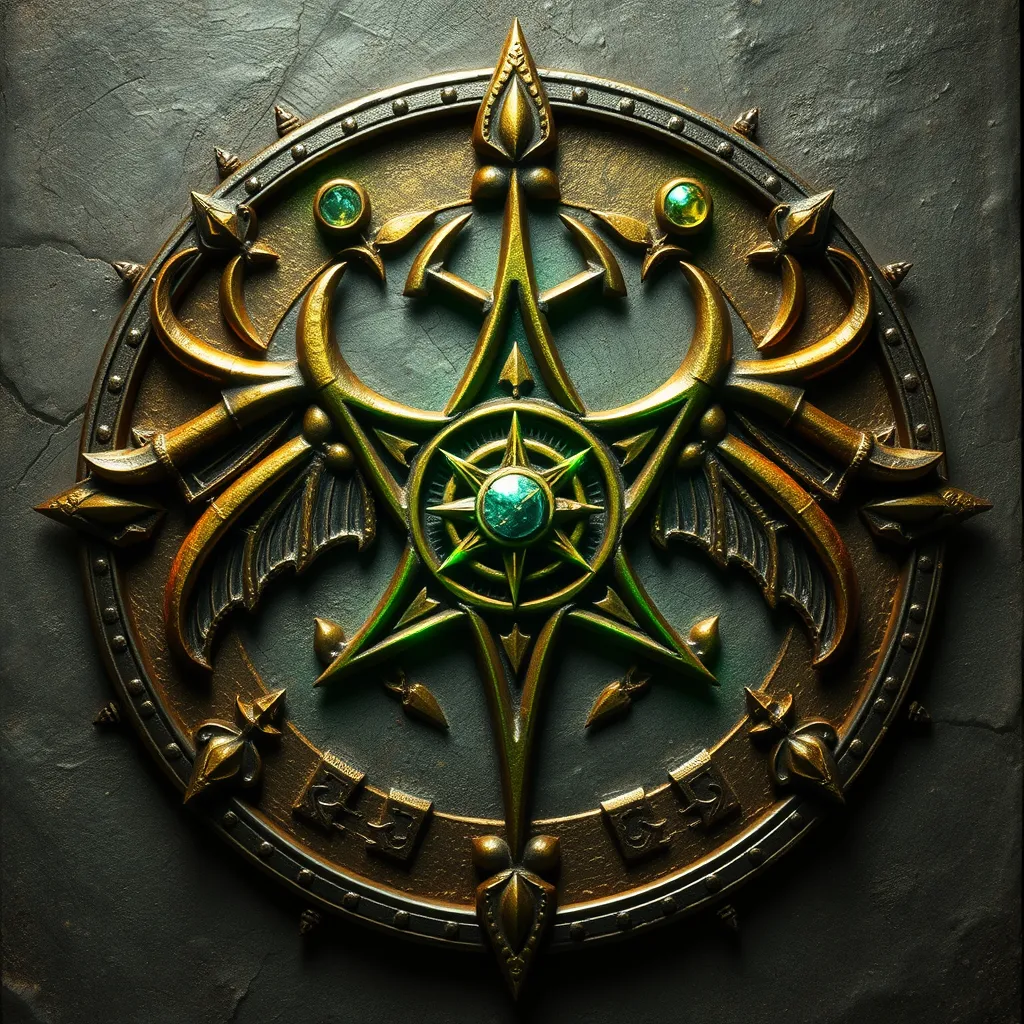The Centaur’s Legacy: The Birth of the Zodiac and the Centaur Constellation
I. Introduction
The mythology of centaurs has captivated human imagination across various ancient cultures, symbolizing a blend of human intellect and animalistic nature. These half-human, half-horse beings often represented the duality of existence, embodying both wisdom and savagery. In the realm of astrology, the Zodiac serves as a celestial map of human personality traits and destinies, deeply rooted in ancient beliefs.
This article aims to explore the intricate connections between centaur mythology and the Zodiac, particularly focusing on the significance of the Sagittarius constellation, which represents the centaur. By delving into these themes, we can uncover how ancient narratives continue to shape our understanding of the cosmos and ourselves.
II. The Mythological Roots of the Centaur
Centaurs, in Greek mythology, are often portrayed as wild and unruly creatures, living on the fringes of civilization. They are typically depicted as beings of great strength, yet also as wise and knowledgeable in various arts, particularly in medicine and music.
A. Characteristics of Centaurs in Greek Mythology
The centaur mythos illustrates a complex dual nature, representing:
- Wisdom and knowledge, especially in the case of noble centaurs.
- Wildness and primal instincts, often leading to conflicts with humans.
- Symbolism of the struggle between civilization and barbarism.
B. Prominent Centaur Figures: Chiron and Pholus
Two of the most notable centaur figures in mythology are Chiron and Pholus:
- Chiron: Unlike his brethren, Chiron was known for his wisdom and kindness. A skilled healer and teacher, he mentored many Greek heroes, including Achilles and Hercules.
- Pholus: Known for his hospitality, Pholus played a significant role in the story of Hercules and the Erymanthian Boar, demonstrating the often tragic nature of centaur interactions with heroes.
C. The Role of Centaurs in Mythological Narratives
Centaurs often serve as a narrative device, exploring themes of conflict, education, and the nature of humanity. Their stories reflect the complexities of existence, highlighting the balance between civilization and untamed nature.
III. Understanding the Zodiac: Origins and Significance
The Zodiac is a belt of the heavens divided into twelve signs, each associated with specific traits and destinies. It has been a pivotal aspect of astrology, guiding individuals in understanding their personalities and futures.
A. Definition and Purpose of the Zodiac in Astrology
The Zodiac serves as a framework for interpreting celestial influences on human affairs. Each sign corresponds to specific dates and is believed to affect one’s character and life path.
B. Historical Context: Babylonian and Greek Contributions
The roots of the Zodiac trace back to Babylonian astronomy, later adopted and adapted by the Greeks. Notable contributions include:
- The division of the Zodiac into twelve signs based on lunar cycles.
- The alignment of zodiac signs with specific constellations.
- The integration of mythological narratives into astrological interpretations.
C. The Twelve Signs of the Zodiac and Their Symbolic Meanings
Each Zodiac sign embodies unique characteristics:
- Aries: Courageous and determined.
- Taurus: Reliable and patient.
- Gemini: Adaptable and communicative.
- Cancer: Intuitive and nurturing.
- Leo: Confident and charismatic.
- Virgo: Analytical and meticulous.
- Libra: Diplomatic and fair-minded.
- Scorpio: Passionate and resourceful.
- Sagittarius: Adventurous and optimistic.
- Capricorn: Disciplined and responsible.
- Aquarius: Innovative and humanitarian.
- Pisces: Compassionate and artistic.
IV. The Centaur Constellation: Sagittarius
The Sagittarius constellation is perhaps the most recognized representation of a centaur in the night sky. It is often depicted as a centaur drawing a bow, symbolizing both the quest for knowledge and adventure.
A. Overview of the Sagittarius Constellation
Sagittarius is a prominent constellation visible in the southern sky, recognized for its distinctive shape. It serves as a gateway to the Milky Way, symbolizing exploration and the pursuit of wisdom.
B. Historical Interpretations of Sagittarius in Different Cultures
Throughout history, Sagittarius has been interpreted in various ways:
- In ancient Greece, it was associated with the centaur Chiron.
- In Babylonian astronomy, it was linked to the figure of the “Archer.”
- Different cultures have seen it as a symbol of hunting and the quest for knowledge.
C. The Centaur’s Portrayal in Astrology and Astronomy
Astrologically, Sagittarius is known for its traits of enthusiasm, adventure, and a love for freedom. It encourages individuals to seek truth and wisdom, reflecting the noble characteristics associated with Chiron.
V. The Intersection of Centaurs and the Zodiac
The connection between centaur mythology and the Zodiac is particularly evident in the sign of Sagittarius, which encapsulates the essence of centaur attributes.
A. How Centaur Mythology Influenced Zodiac Sign Characteristics
The characteristics of Sagittarius are deeply influenced by the qualities attributed to centaurs:
- Wisdom and knowledge, as exemplified by Chiron.
- The duality of human and animalistic traits, reflecting the balance of intellect and instinct.
- A thirst for adventure and exploration, symbolizing the journey of life.
B. The Significance of Sagittarius within the Zodiac System
Sagittarius stands as a representation of growth, exploration, and the philosophical quest for understanding. It invites individuals to embrace their adventurous spirit and seek higher knowledge.
C. Comparative Analysis with Other Astrological Signs
While each Zodiac sign carries its unique traits, Sagittarius’ emphasis on adventure and exploration sets it apart. In contrast to the stability of Taurus or the emotional depth of Cancer, Sagittarius embodies a dynamic pursuit of truth.
VI. Cultural Interpretations and Legacy
Centaurs have left a lasting imprint on art, literature, and modern astrology, reflecting their enduring legacy in human culture.
A. Centaurs in Literature and Art Across the Ages
From ancient Greek pottery to Renaissance paintings, centaurs have been depicted as symbols of conflict and duality. They often appear in classic literature, embodying the struggle between civilization and wildness.
B. Influence of Centaur Mythology on Modern Astrology
In contemporary astrology, the centaur’s traits are celebrated, particularly in the interpretation of Sagittarius. Its association with adventure, freedom, and philosophical inquiry continues to resonate.
C. The Enduring Legacy of the Centaur in Contemporary Culture
Modern interpretations of centaurs can be seen in various forms of media, from literature to film. They symbolize the perpetual struggle between intellect and instinct, a theme that remains relevant in today’s society.
VII. Scientific Perspectives on Constellations and Astrology
While astrology draws inspiration from celestial bodies, scientific perspectives on constellations highlight a different understanding of the universe.
A



